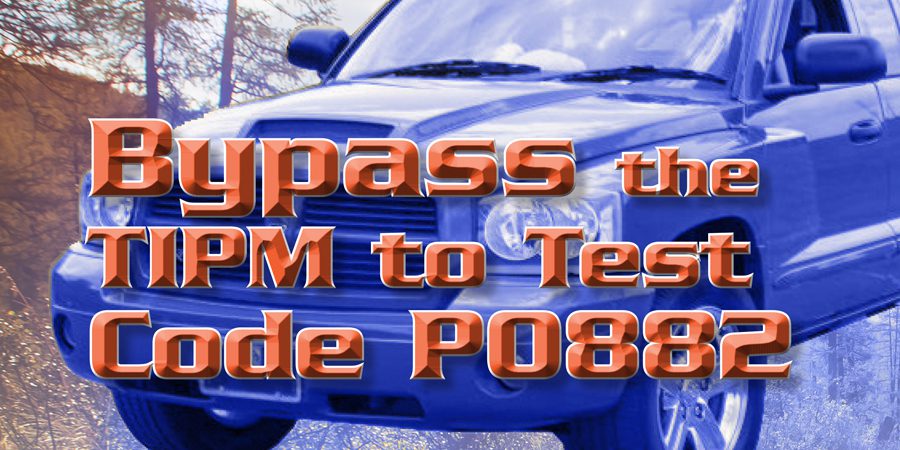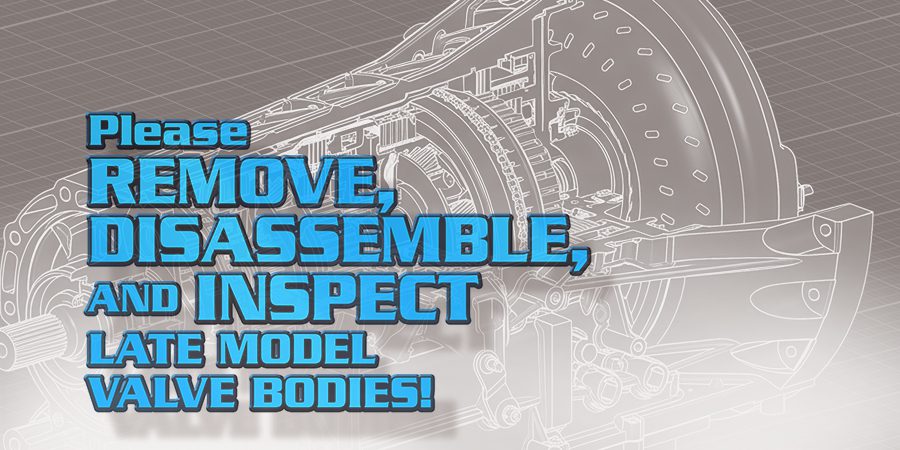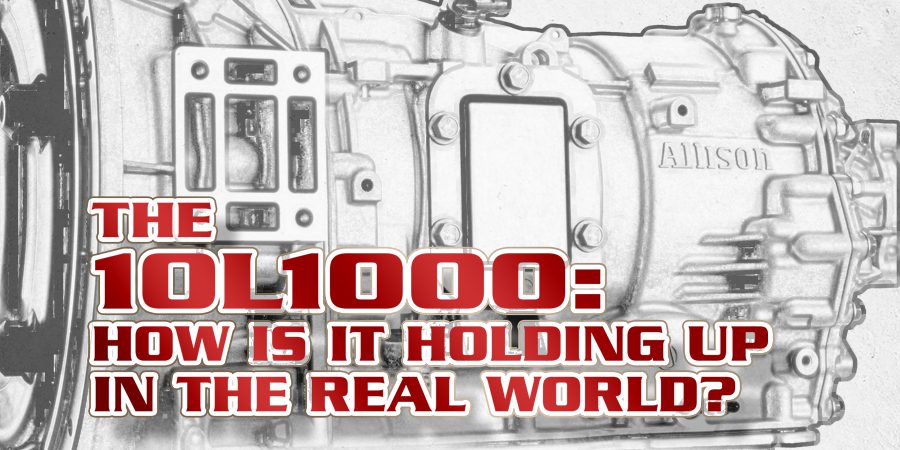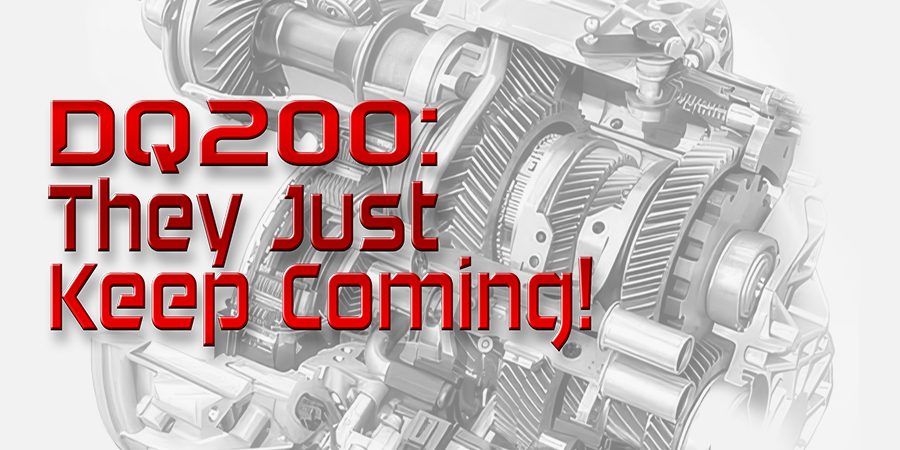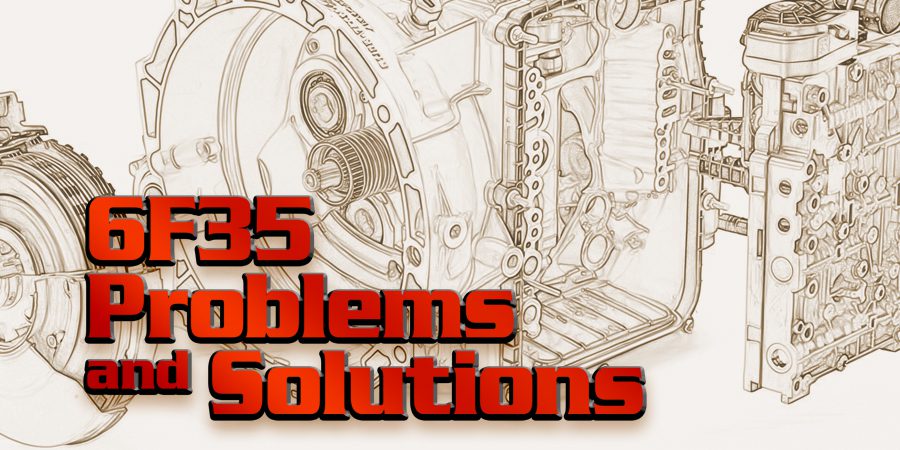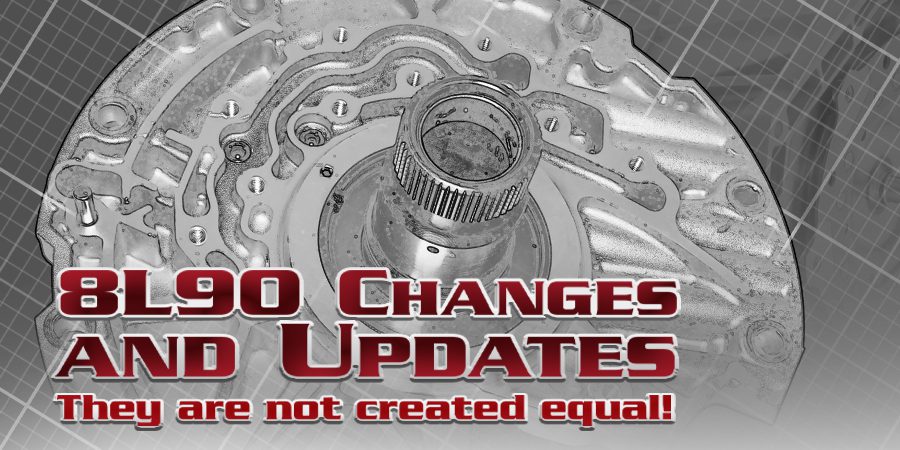A common theme among truck enthusiasts is modifying their rides to stand out. The automotive aftermarket supports this with an entire industry that readily answers, ‘What else can I do to my truck to make it cool?’ With all possibilities taken into consideration, the most popular modification involves putting oversized tires on it. Why? Because it looks cool!
While oversized wheels and tires add an aesthetic appeal, they create a challenge for the vehicle’s driveability. Larger tires take more effort from the vehicle powertrain to get it up to speed and keep it there. Depending on the torque and horsepower output of the engine, this creates several performance-related complaints that may require expensive modifications to overcome. Let’s look at the factors causing vehicle performance issues after installing oversized tires and how to correct these concerns.
THE PROS AND CONS
Other than aesthetics, oversized tires offer advantages when used in off-road applications. Larger tires and raised suspensions allow for greater ground clearance and the ability to gain traction in rocky terrain, sand, and mud. So, if you live where roads (or trails) can become challenging due to weather changes, oversized tires may be a practical solution to keep you from getting stranded. Also, if you enjoy recreational drives into the wilderness, larger tires help you go further without fear of getting stuck.
Now, for the cons! Understanding the flip side of something that seems wonderful is always essential. Here is a list of items that are affected that you must consider when dealing with oversized tires:
- Additional stress on the engine and transmission.
- Overheating (engine and/or transmission)
- Speedometer recalibration is necessary.
- Fuel mileage decreases.
- Towing capacity decreases.
- Suspension and driveline modifications may be needed.
- Reduced life expectancy of suspension, driveline, and steering components.
Since we are looking at vehicles that come into our shop with oversized tires and powertrain complaints, we will focus on items that affect driveability and the durability of the transmission.
MY ENGINE IS WORKING HARDER!
The most common customer complaint after installing larger tires is a loss of power. The less power output from the engine, the more noticeable it will be. Also, as an engine ages, it loses horsepower and torque. The loss is aggravated when larger tires are installed.
Other concerns that arise are transmission durability, shift timing, and torque converter clutch scheduling. The added stress of larger diameter tires on the powertrain causes the engine to work harder to get the vehicle up to speed. Also, the added rotational weight of the tires and the added rolling resistance create more demand for horsepower and torque. The result is late shifts, and sensitive TCC apply. In extreme cases, you may have no lock-up or high-gear command.
Some Jeep applications with the 42RLE transmission may experience no lock-up command or extremely sensitive lock-up commanding off at highway speeds. In extreme cases where the engine may have high mileage and lack some of the original horsepower and torque, the transmission may not be commanded to go to 4th gear under acceleration until you lift the throttle.
So, with all the problems mentioned, one may ask the question, how do we solve these issues while keeping the oversized tires? Well, there is a solution, but it is costly. You need to regear the vehicle!
IT’S IN THE MATH!
When vehicle manufacturers calculate a vehicle’s output torque and horsepower, they usually give a reading of output at the flywheel. Unfortunately, these ratings are often inflated a bit. The horsepower and torque rating do not consider losses due to drivetrain components beyond the crankshaft! When making a real-world calculation of actual horsepower and torque delivered at the wheels, you need to take into consideration these mechanical components (Figure 1):
- Flywheel size (diameter and weight)
- Transmission gear ratios
- Drive axle gear ratio
- Tire diameter
In the end, the torque and horsepower that make it to the wheels count, and a drive-on dyno is the only way to measure what you are getting accurately. Changing any of these items alters the total horsepower and torque available at the wheels. In other words, there will be a difference in the vehicle’s performance!
To understand what is going on here, let’s use an example. Say you have a bucket of water on the floor that you want to pick up. The natural instinct is to lift it using your forearm strength, which requires significantly less energy than raising it with your arm fully extended, using your shoulder muscles. Installing larger-diameter tires is like lifting a bucket of water with your arm fully extended!
The math is derived from physics, which tells us that the torque, or rotational force, required to move an object increases proportionately with an increase in the object’s radial distance from the rotation axis. Sparing you a lesson in angular momentum, the math comes out to be a loss of approximately 3.5 percent in torque for every inch increase in tire diameter.
 Let’s take a real-life look at how this affects the performance of a typical four-wheel drive vehicle. We will use a 2008 Jeep Wrangler Rubicon with a 3.8L motor and a 42RLE/VLP transmission. This vehicle’s typical factory gear ratio is 4.10, with a standard tire size of LT255/75R17 (Figure 2). Using a tire diameter calculator, the tire size gives us a diameter of 32.06 inches. A popular tire size to install is a 35-inch mudder tire, which means the overall diameter of this tire is 35 inches. While this doesn’t seem like much, it is a 10 percent increase over the original diameter of the OEM tire size, which also calculates to be a 10.5 percent loss in torque (3.5% per inch increase x 3 inches).
Let’s take a real-life look at how this affects the performance of a typical four-wheel drive vehicle. We will use a 2008 Jeep Wrangler Rubicon with a 3.8L motor and a 42RLE/VLP transmission. This vehicle’s typical factory gear ratio is 4.10, with a standard tire size of LT255/75R17 (Figure 2). Using a tire diameter calculator, the tire size gives us a diameter of 32.06 inches. A popular tire size to install is a 35-inch mudder tire, which means the overall diameter of this tire is 35 inches. While this doesn’t seem like much, it is a 10 percent increase over the original diameter of the OEM tire size, which also calculates to be a 10.5 percent loss in torque (3.5% per inch increase x 3 inches).
Now, let’s take this example one level further. The 3.8L motor in this Jeep is rated at 202 Hp/237 ft-lbs of torque at the crankshaft. When you add drag from the transmission pump, transmission clutches, gears, and internal uid windage, seal drag from the transmission and transfer case, the transfer case internal gears, chain and uid windage, the mass of two drivelines, and two differential assemblies, a loss of 20 percent or greater is generously probable. So, by calculation, this Jeep with 35-inch tires slapped on it with no modifications has a whopping 166 ft-lbs of torque at the wheels. A total of 30% less than the SAE torque reported at the crankshaft!
BRING BACK THE POWER!
We discussed the issues presented with just popping on a set of oversized tires just because they look good or because we want to go off-roading. Now, let’s look at the solutions!
Of course, when we experience a lack of power, one solution is to add more power to the engine. From nitrous oxide to turbochargers and superchargers, the aftermarket will leave you in a swirling tornado of options that will give you an abundance of torque and horsepower that will restore your lost performance and beyond; however, just addressing the engine side does nothing for the added stress placed on the transmission and driveline(s). While this solution can work, you will likely shorten the life of your transmission and U-joints.
The best-case scenario is to change the gearing at the differential(s). While it may not be the least expensive, it will yield the best results for durability and reliability. The goal is to ‘put it back the way you found it!’ In other words, if we adjust the gear ratio to the new tire diameter relative to the old tire size to gear ratio relationship, we will effectively restore the vehicle performance to near factory specifications. Let’s look at a simple calculation that will get you close to where you need to go.
We can use this mathematical formula for proportion and ratio to calculate a gear ratio that will restore our performance to near OEM specifications:
Solving the equation for the New Gear Ratio gives us this equation:
Using our 2008 Jeep example, we can plug in the values to get our new gear ratio:
4.10÷32 x 35 = 4.48
By using pure math, keep in mind that the tires’ added weight and rolling resistance are NOT considered. Here is where consulting a four-wheel drive specialist will help you fine-tune a ratio based on your transmission and tire selection. For our 42RLE-equipped Rubicon, the recommended differential ratio is 5.13. So, we must replace the front and rear differentials with this ratio.
The final adjustment is to program the PCM to acknowledge the changes in the gear ratio and tire sizes for proper transmission control and accurate speed calculation.
Cool-looking lifted, four-wheel drive trucks with oversized tires are not going away. When these vehicles come to your shop with transmission problems and other driveability complaints, this article will help you get to a root-cause solution and help you deliver the goods to your customer with confidence!






